Suppose you’re considering fitting Dodge RAM wheels onto a Ford F150. In that case, it’s essential to understand that while it may seem simple, several factors must be considered to ensure proper compatibility and optimal performance.
Generally, the primary compatibility requirement is the lug nut pattern. Still, other aspects, such as wheel backspacing, brake caliper clearance, and wheel stud handling, also play a crucial role in achieving a successful fit.
Can Dodge RAM Wheels Fit a Ford F150?
Yes, Dodge RAM wheels can fit a Ford F150, particularly in older models of both trucks. The key factor here is the lug nut pattern. Both trucks often share a 5-lug pattern, which makes the wheels compatible with one another.
However, fitting them properly requires attention to several important details, including brake caliper clearance, wheel spacing, wheel stud compatibility, and hub size. It’s essential to assess the condition of the F150 to ensure the lug pattern matches and adequately tighten all nuts and bolts to secure the wheels in place.
In some cases, additional challenges may arise, such as the need for adjustments in wheel backspacing, central hole size, and bolt alignment. These aspects are particularly important because they affect the truck’s handling, performance, and safety. Therefore, it’s often best to consult a professional mechanic to ensure a precise fit.
Average Wheel Size of a Dodge RAM
The size of the wheels on a Dodge RAM varies depending on the truck’s trim level. Here are typical wheel sizes based on popular RAM trims:
- Classic Tradesman and Classic Express: These trucks generally come with wheels ranging from 31 to 33 inches in diameter, with rim sizes around 17 to 17.4 inches.
- Big Horn and Lone Star trims typically feature wheels between 32 and 33 inches with 18-inch rims.
These wheel sizes are generally compatible with older Ford F150 models, which makes the fitting process relatively straightforward if you have mechanical assistance.
How to Fit Dodge RAM Wheels on a Ford F150
When fitting Dodge RAM wheels onto a Ford F150, following a detailed and methodical approach is crucial for ensuring safety and performance. Below is a stepwise guide to help you through the process.
1. Check Lug Nut Compatibility
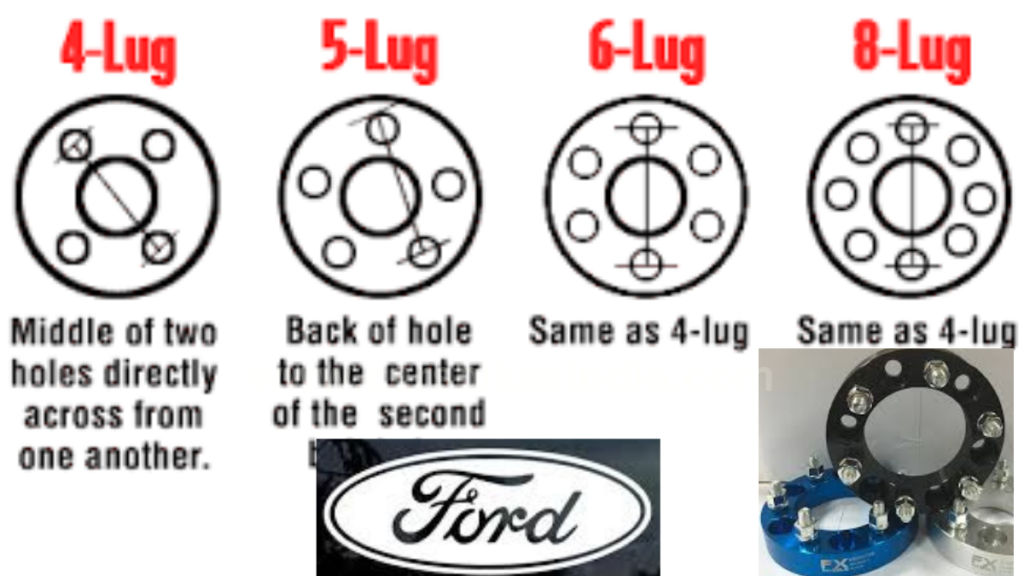
The first and most crucial step is to confirm that the lug nut pattern of the Dodge RAM wheels matches that of the F150. Both vehicles typically use a 5-lug pattern, but it’s essential to ensure that the size of the lug nuts is appropriate for both the wheels and the truck’s hubs. The common lug nut configuration is 5 x 139 mm.
However, some aftermarket lug nuts may not fit properly, especially if they are thicker than the stock ones. If the lug nuts are too thick, they may not fit the holes, causing problems during installation.
Additionally, aftermarket lug nuts should be used as factory-built tools, which may not be compatible. Ensure the nuts are compatible with the Dodge RAM wheels and the Ford F150’s wheel stud configuration.
2. Lift the Truck and Inspect the Bolt Pattern
Once you confirm lug nut compatibility, use a standard jack, and jack stands to elevate the truck. Position the jack under the front section of the F150 for safety.
Next, inspect the wheel bolt pattern. The F150 usually has a 6.1 x 135 mm bolt pattern, which is different from the RAM’s bolt pattern in some cases, but older models often align. Check for any discrepancies between the F150’s bolt pattern and the RAM before proceeding.
3. Ensure Alignment of the Center Hub and Bolts
The center hub and bolt holes must align correctly for the wheels to fit securely. Verify that the RAM wheels and the F150’s hub bores are compatible. In some instances, slight modifications to the wheel rims may be necessary.
If the Dodge RAM wheels do not match the hub bores of the F150, the wheels will not sit properly on the truck’s axle, leading to issues with stability and handling.
4. Fit the Wheels and Secure Them
Once the bolt pattern and hub alignment are confirmed, place the wheels onto the F150’s wheel hubs. Secure the wheels with the lug nuts and tighten them using a wrench or torque tool. It is essential to follow the proper torque specifications, which can be found in the truck’s factory manual.
Ensure all nuts and bolts are tightly secured to avoid vibrations or instability while driving.
5. Tighten the Nuts and Bolts
After mounting the wheels, it is essential to torque the lug nuts to the recommended specifications. This is critical to ensure the wheels are firmly attached and not loose while driving. Recheck the lug nut tightness after driving the truck for about 50 to 100 miles, as the nuts can sometimes loosen after installation.
Factors to Consider When Installing Dodge RAM Wheels on a Ford F150
Several factors must be carefully considered before successfully installing Dodge RAM wheels onto a Ford F150. Neglecting these aspects can result in poor performance, safety issues, and increased wear on the truck.
1. Modifications to the Fender Flare Section
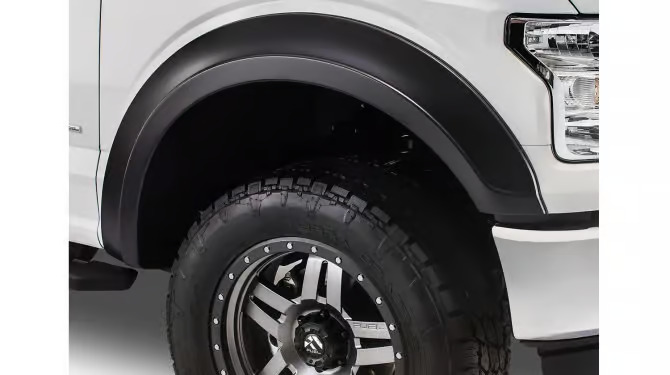
The size of the wheels and tires can cause interference with the fender flares or mud flaps, especially if the wheels are more significant than the stock ones. Ensure enough clearance between the tires and the fender flares to avoid rubbing.
Wheel offset is also critical; ensure the wheels have the correct offset to prevent the tires from touching or damaging the fender flares.
2. Adjust Wheel Backspacing
Wheel backspacing ensures the tires do not rub against the suspension or frame. Installing larger rims or changing the backspacing can affect how the wheels align within the wheel wells. For example, more giant rims (15 to 16 inches in diameter) require additional clearance, especially when considering brake caliper fitment.
3. Brake Caliper Clearance
Proper brake caliper clearance is vital when installing aftermarket wheels. Ensure that the RAM wheels allow enough space for the brake calipers to operate smoothly without interference. You may need to clean the brake brackets and lubricate the caliper mounts to ensure they function correctly with the new wheels.
4. Check the Condition of the F150
The condition of your Ford F150 is essential when installing new wheels. Older F150 models (pre-2000) are more likely to be compatible with Dodge RAM wheels than newer ones. Newer models often have different lug patterns and hub sizes, which may complicate installation.
If you have an older F150, the installation should be more straightforward, but always check the vehicle’s frame and lug nut configurations.
5. Wheel Stud Handling
The wheel studs on the F150 must match the lug nut configuration of the RAM wheels. Wheel studs are threaded components that secure the wheel to the vehicle and must be compatible with both the wheels and the truck’s hub assembly.
Count the number of wheel studs on the F150 and compare them to the Dodge RAM wheel studs to ensure they match. This step ensures a secure and safe fit.
6. Professional Assistance
Installing Dodge RAM wheels onto a Ford F150 is not straightforward, especially for those with limited mechanical experience. If you’re unsure about any part of the process, it’s advisable to consult a professional mechanic or wheel expert. They can ensure proper installation, alignment, and torque specifications to avoid potential issues.
Fitting Dodge RAM wheels to a Ford F150 is undoubtedly possible, especially for older truck models with similar lug nut patterns. However, the process requires attention to several important factors, including lug nut compatibility, bolt pattern alignment, wheel backspacing, brake caliper clearance, and wheel stud handling.
While DIY installation is possible, consulting a professional mechanic can ensure that the wheels are installed safely and securely, maintaining the truck’s performance and stability.

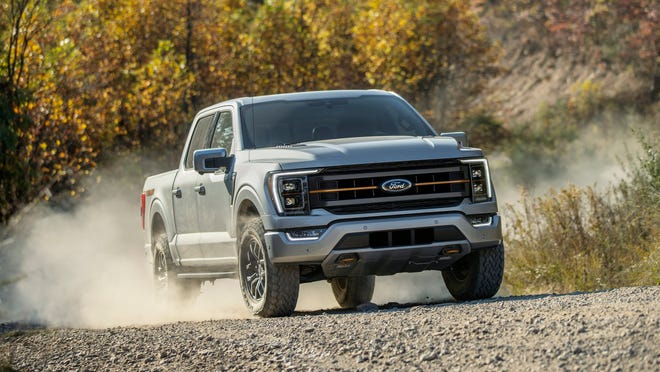
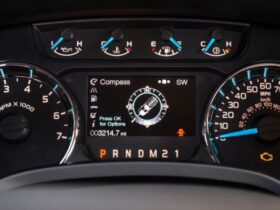
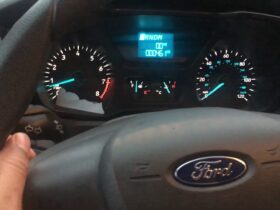
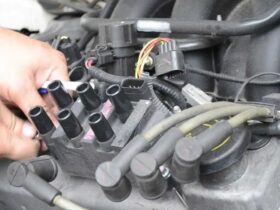
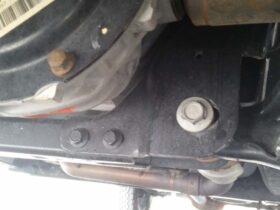
Leave a Reply
View Comments